Wikipedia, the free encyclopedia, defines freemasonry as a “fraternal organization that traces its origins to the local fraternities of stonemasons, which from the end of the fourteenth century regulated the qualifications of masons and their interaction with authorities and clients.”
It is believed that the Prophet, Joseph Smith, Jr., became acquainted with the practices of freemasonry at an early age as his older brother and possibly his father were Freemasons while the family lived in Palmyra, New York. By March 1842, Smith and several prominent Mormons had become Freemasons and founded a lodge in Nauvoo, Illinois. Smith remained a Freemason until his death. Church history also records that on Tuesday, 15 March 1842, Smith became a Master Mason.
Tuesday, [March] 15. — I officiated as grand chaplain at the installation of the Nauvoo Lodge of Free Masons, at the Grove near the Temple. Grand Master Jonas, of Columbus, being present, a large number of people assembled on the occasion. The day was exceedingly fine; all things were done in order, and universal satisfaction was manifested. In the evening I received the first degree in Freemasonry in the Nauvoo Lodge, assembled in my general business office. History of the Church (Joseph Smith)|History of the Church, by Joseph Smith, Deseret Book, 1978, Vol.4, Ch.32, p.550-1)
Church history also records that on Wednesday, 16 March 1842 Joseph Smith was raised to the third degree of master mason “on sight” by Grand Master Jonas of the Grand Lodge of Illinois.
Wednesday, March 16. — I was with the Masonic Lodge and rose to the sublime degree. (History of the Church, Vol.4, Ch.32, p.552)
In his book titled The Mormon Church and Freemasonry (2001), Terry Chateau wrote:
[The Joseph Smith family] was a Masonic family which lived by and practiced the estimable and admirable tenets of Freemasonry. The father, Joseph Smith, Sr., was a documented member in upstate New York. He was raised to the degree of Master Mason on May 7, 1818 in Ontario Lodge No. 23 of Canandaigua, New York. An older son, Hyrum Smith, was a member of Mount Moriah Lodge No. 112, Palmyra New York.
Thus, it is apparent that the Prophet and his family were familiar with masonic symbols and rituals. The question under discussion is how the symbolism and rituals of Masonry compare with Mormon Temple worship. In answering the question it is important to keep in mind that Masonry is a fraternal order, and there are no religious covenants that are made by its members, whereas in the temple, sacred covenants are made. Also, the symbols used in Masonry are symbols of brotherhood, while in the temple, they are symbolic of eternal covenants with God.
The Origins of Freemasonry
The common belief, and the one which the Saints of Joseph Smith’s era readily accepted about the origins of Masonry, is that it evolved from Solomon’s Temple. A description of Solomon’s temple can be found in the Old Testament of the Bible in 1 Kings 6 and 2 Chronicles 3. There are a few Masons today who still hold to this view. Thus, Church leaders such as Brigham Young and Heber C. Kimball understood Masonry to be “a corrupted form of a pristine ancient temple rite.” It should be noted that this ideology was solely based on opinion, but there is no historical evidence to substantiate its claim. To understand the relationship between Mormonism and the fraternal order known as Freemasonry, it proves necessary to acknowledge and understand the perspective expressed by nineteenth century Latter-day Saints.
Early Church Leaders Views of Freemasonry
During the Nauvoo period, Joseph Fielding Smith wrote:
Many have joined the Masonic institution. This seems to have been a stepping stone or preparation for something else, the true origin of Masonry. This I have also seen and rejoice in it…. I have evidence enough that Joseph is not fallen. I have seen him after giving, as I before said, the origin of Masonry (Andrew F. Ehat, “‘They Might Have Known That He Was Not a Fallen Prophet’—The Nauvoo Journal of Joseph Fielding,” Brigham Young University Studies 19 no. 2 (1979), 145, 147).
In referencing the Mormon temple endowment, Heber C. Kimball wrote:
We have received some precious things through the Prophet on the Priesthood which would cause your soul to rejoice. I cannot give them to you on paper for they are not to be written so you must come and get them for yourself…There is a similarity of Priesthood in Masonry. Brother Joseph says Masonry was taken from Priesthood but has become degenerated. But many things are perfect (Heber C. Kimball to Parley P. Pratt, 17 June 1842, Parley P. Pratt Papers, LDS Church Archives, Salt Lake City, Utah).
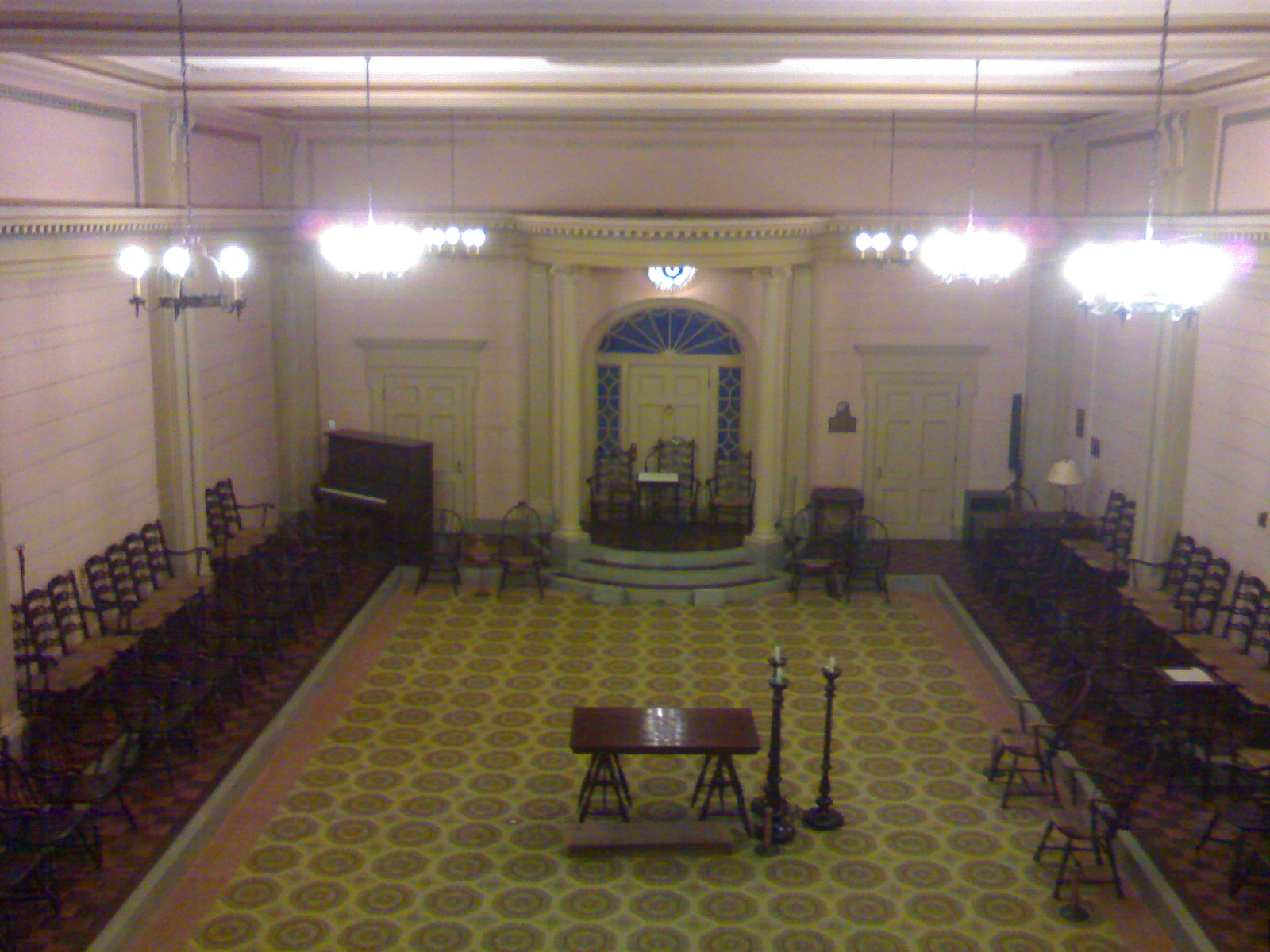 Thus, the contemporaries of the Prophet Joseph Smith believed that there was much more to the Mormon temple endowment than an adaptation of Freemasonry rituals to suit his own purposes. They were keenly aware of the common elements between the masonic rituals and the temple endowment, but they also firmly understood that Joseph had restored something “that was both ritually and theologically ancient and God-given.” Well-known scholar, Dr. Hugh W. Nibley, also commented on this subject:
Thus, the contemporaries of the Prophet Joseph Smith believed that there was much more to the Mormon temple endowment than an adaptation of Freemasonry rituals to suit his own purposes. They were keenly aware of the common elements between the masonic rituals and the temple endowment, but they also firmly understood that Joseph had restored something “that was both ritually and theologically ancient and God-given.” Well-known scholar, Dr. Hugh W. Nibley, also commented on this subject:
Did Joseph Smith reinvent the temple by putting all the fragments — Jewish, Orthodox, Masonic, Gnostic, Hindu, Egyptian, and so forth — together again? No, that is not how it is done. Very few of the fragments were available in his day, and the job of putting them together was begun, as we have seen, only in the latter half of the nineteenth century. Even when they are available, those poor fragments do not come together of themselves to make a whole; to this day the scholars who collect them do not know what to make of them. The temple is not to be derived from them, but the other way around. . . . That anything of such fullness, consistency, ingenuity, and perfection could have been brought forth at a single time and place — overnight, as it were — is quite adequate proof of a special dispensation.” (Ensign, “Why Symbols?” February 2007).
Mormon Temple Endowment and Freemasonry
The Fair Mormon website in answering the question, “Why would Joseph Smith use a non-religious vehicle for presenting a temple ordinance?” points out that the Mormon temple endowment is not a Masonic ritual. It is further stated that, “Freemasonry has no actual relationship to Solomon’s temple, and has no actual religious elements. No one ever became a Mason in an LDS Temple and no one has ever been endowed in a Masonic Lodge. However, rituals have proven pedagogical value.”
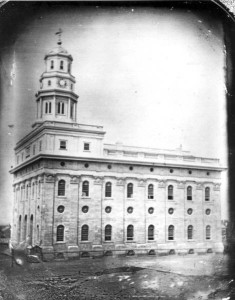 Masonic ritual forms were found to be valuable teaching tools particularly in 1840’s Nauvoo where many members of the Church could not read. The first census to gather data on literacy rates in Illinois was the 1850 census which indicated that approximately 11% of all white adults, 20 years of age and older, could not read or write. The literacy rates proved to be higher in the East, albeit women often had a noticeably lower literacy rate than men. Contrast this to the literacy rate among women on the western frontier, where some affidavits from women in Nauvoo were signed with an X. In 1870, twenty four years after the exodus from Nauvoo, Illinois, it was still noted that only 11.5% of the total white population of the United States over the age of 14 was functionally literate. The literacy rates of the Saints who emigrated from other countries had to also be factored into the overall equation. Thus, the participatory method of teaching temple concepts proved to be most meaningful for all members.
Masonic ritual forms were found to be valuable teaching tools particularly in 1840’s Nauvoo where many members of the Church could not read. The first census to gather data on literacy rates in Illinois was the 1850 census which indicated that approximately 11% of all white adults, 20 years of age and older, could not read or write. The literacy rates proved to be higher in the East, albeit women often had a noticeably lower literacy rate than men. Contrast this to the literacy rate among women on the western frontier, where some affidavits from women in Nauvoo were signed with an X. In 1870, twenty four years after the exodus from Nauvoo, Illinois, it was still noted that only 11.5% of the total white population of the United States over the age of 14 was functionally literate. The literacy rates of the Saints who emigrated from other countries had to also be factored into the overall equation. Thus, the participatory method of teaching temple concepts proved to be most meaningful for all members.
The Fair Mormon website in answering the question, “Why do we continue to use such a participatory style of teaching in the 21st century?” states:
Temple teaching mechanisms through participation are far superior to simple reading regardless of whether one is literate or not. In addition, layered meanings through enactment and participation enable multiple levels of understanding that is much harder to achieve from simple written texts. The temple is more symbolic than literal by design: even to the extent that early 19th century Illinois was “literate,” that might not have meant much by present day standards. Many of those on the frontier who were literate had no schooling beyond early teen years; the majority definitely weren’t what we would call “bookish.”
The participatory method is still used today because it is a proven fact that “we learn more and deeper truths through participatory symbolism and the layered meanings we find in the temple dramas.”
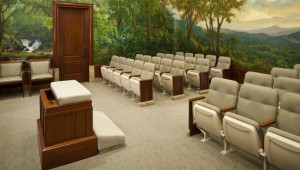 The ritual and tokens are to show our fidelity to covenants, a central point of both the endowment and the Masonic rituals. God does not need them, we need them, or more precisely, we need the covenants that they represent. They help us learn to be faithful to what we want to be. It is the keeping of covenants that leads to salvation, not the ritual or tokens themselves.
The ritual and tokens are to show our fidelity to covenants, a central point of both the endowment and the Masonic rituals. God does not need them, we need them, or more precisely, we need the covenants that they represent. They help us learn to be faithful to what we want to be. It is the keeping of covenants that leads to salvation, not the ritual or tokens themselves.
John Taylor, the third President of The Church of Jesus Christ of Latter-day Saints, commented, “We build temples. What for? To administer the ordinances of God. What ordinances? Those that God has revealed, and those that the world know nothing about” (President John Taylor, Journal of Discourses, 21: — 2 January 1881.) Joseph F. Smith, the sixth President of the Church taught that ““the pattern of endowment garments was revealed from heaven” (Joseph F. Smith, Messages of the First Presidency, 5:–, 1918.) And John A. Widtsoe, a member of the Quorum of the Twelve Apostles from 1921until his death on 29 November 1952 taught, “The temple ritual as revealed to Joseph Smith and communicated by him to his brethren is essentially symbolic. Its ordinances are not only ancient but also represent profound truths” (John A. Widtsoe, Joseph Smith – Seeker after Truth (Salt Lake City: Bookcraft, 1951), –.)

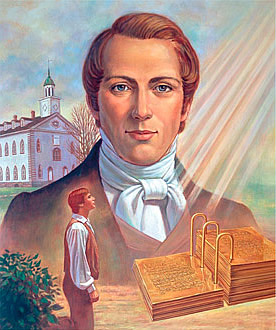
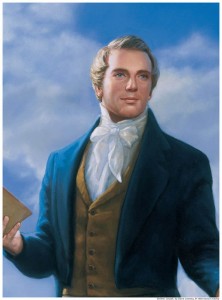
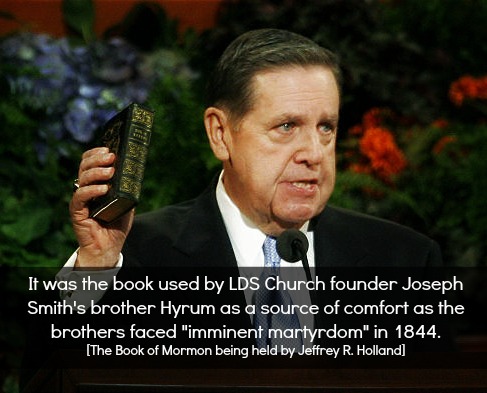
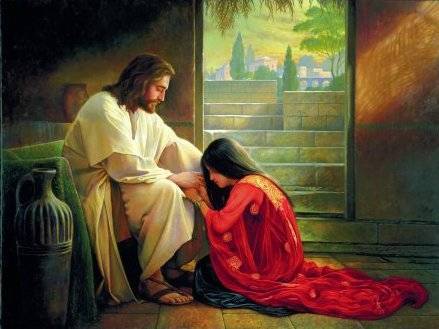
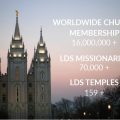
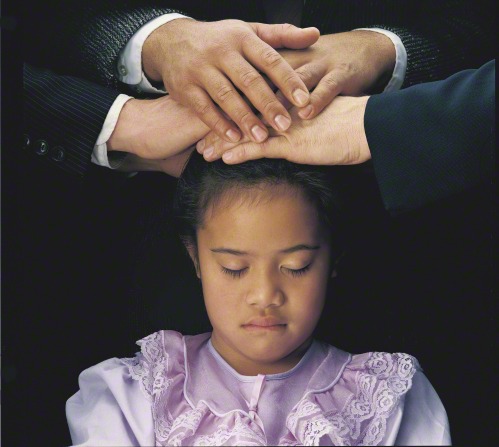
Very insightful. Thank you.
I have joined the chruch 10 year ago